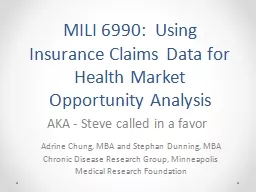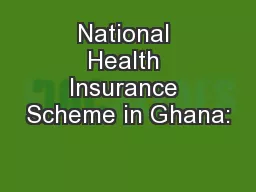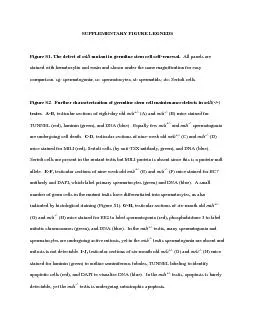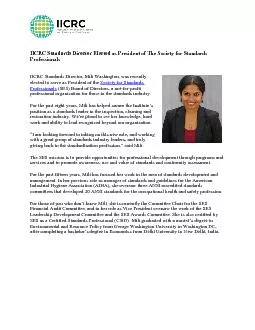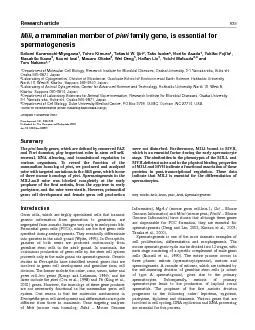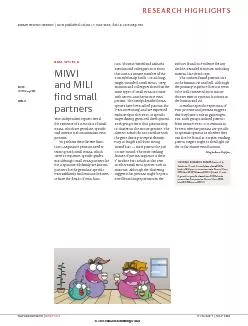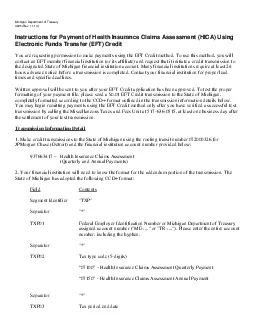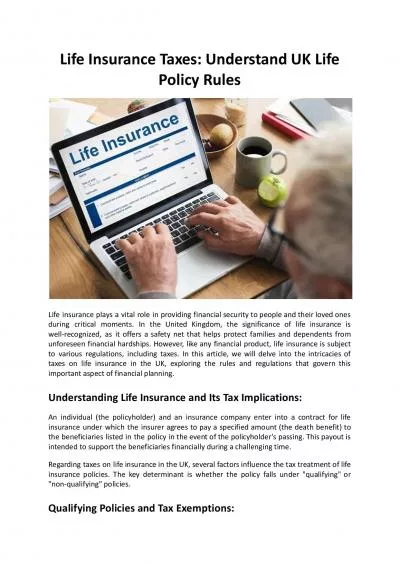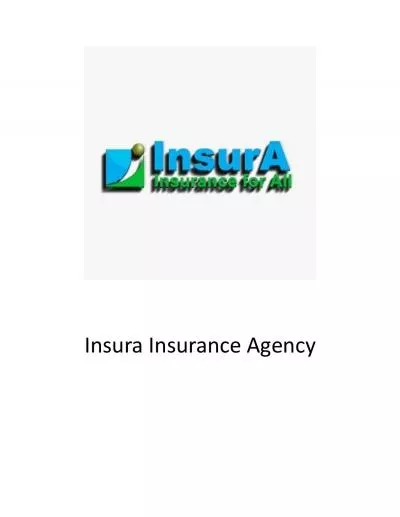PPT-MILI 6990 : Using Insurance Claims Data for Health Market Opportunity Analysis
Author : paige | Published Date : 2021-01-28
Adrine Chung MBA and Stephan Dunning MBA Chronic Disease Research Group Minneapolis Medical Research Foundation AKA Steve called in a favor Agenda Our Background
Presentation Embed Code
Download Presentation
Download Presentation The PPT/PDF document "MILI 6990 : Using Insurance Claims D..." is the property of its rightful owner. Permission is granted to download and print the materials on this website for personal, non-commercial use only, and to display it on your personal computer provided you do not modify the materials and that you retain all copyright notices contained in the materials. By downloading content from our website, you accept the terms of this agreement.
MILI 6990 : Using Insurance Claims Data for Health Market Opportunity Analysis: Transcript
Download Rules Of Document
"MILI 6990 : Using Insurance Claims Data for Health Market Opportunity Analysis"The content belongs to its owner. You may download and print it for personal use, without modification, and keep all copyright notices. By downloading, you agree to these terms.
Related Documents

